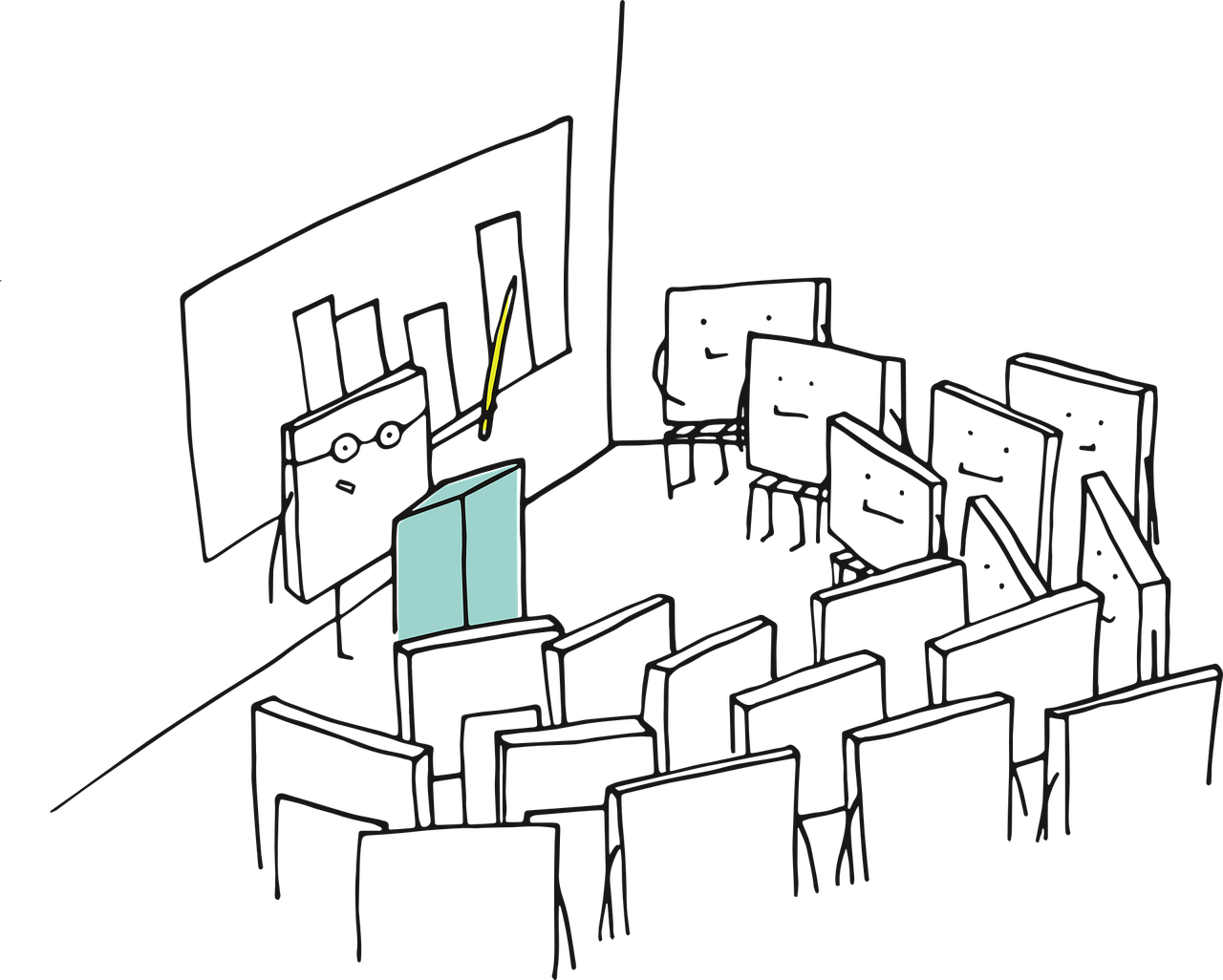In 2025, teachers are battling more than just short attention spans. Between constant device distractions, anxiety, and digital overload, student focus has become one of the top struggles in U.S. classrooms — especially in grades 3–8.
But here’s the good news: some teachers are winning this battle by using simple, modern strategies that actually work.
Let’s explore 8 methods U.S. teachers are using this year to boost focus without needing to overhaul their curriculum or ban screens.
1. 📵 Start Class with a “Tech-Down” Warm-Up
Before diving into slides or Google Docs, try this:
“Tech-down for 5 minutes” — meaning pencils only.
Example:
- Do a quick journaling prompt on paper: “What’s one thing you’re curious about in today’s lesson?”
- Use printed warm-up worksheets to ease into focus.
This gives the brain time to settle before digital distractions appear.
🔗 Need printable warm-ups? Check Top 7 Free Printable Worksheet Sites
2. 🎧 Use Audio Directions (Instead of Repeating Yourself)
Instead of giving long verbal instructions multiple times, many teachers now:
- Record short audio instructions using Mote
- Paste the Mote link into Google Docs or Slides
- Let students listen again anytime
This helps:
- Reduce repeated questions
- Give extra clarity for ELL and special ed students
- Keep lessons moving forward
3. ⏱️ Use Timed Work Blocks with “Brain Break” Slides
Try breaking your class into focused 10–12 minute chunks, followed by 1-minute mental resets.
Use slides that say:
- 🧘 “Close your eyes. Take 3 deep breaths.”
- 🤸 “Stand up and stretch your arms and legs.”
- 🎶 “Listen to 30 seconds of calm music.”
These brain breaks boost focus and reduce fatigue — especially in upper elementary.
4. 🧠 Let Students Preview the Assignment First
Here’s a secret: students focus better when they know what the goal is.
Before teaching, show students:
- A finished example
- The rubric
- A quick 10-second preview of the final task
This helps set their brain to “goal mode” — increasing buy-in and motivation.
🔗 Tip: Use Google Slides to create quick visual rubrics. Learn how in 7 Google Docs Hacks Teachers Swear By
5. 🪑 Use Flexible Seating (Even If It’s DIY)
Not every class has wobble stools or beanbags, but focus improves when students have choices about where to sit.
Try:
- Clipboards for floor work
- Sit/stand stations using counters or shelves
- “Headphone zone” for quiet tasks
Let students self-select where they focus best — with some boundaries.
6. 🎨 Make Assignments Creative — Not Just Rigid
Teachers are seeing better focus when students are allowed to show learning creatively — especially in longer assignments.
Instead of the usual worksheet, try:
- Design a comic strip explaining the science concept
- Create a Canva poster for a book character
- Record a 60-second explainer video
🔗 Get creative ideas from 10 Homework Alternatives That Don’t Feel Like Homework
🔗 Or start with tools from 5 Free Tools Every Teacher Should Know
7. ✅ Let Students “Check Off” Micro-Tasks
Use Google Docs or Slides with checklists to show progress.
Example:
- 🔲 Watch intro video
- 🔲 Highlight key vocab
- 🔲 Write your paragraph
- 🔲 Self-review before turning in
✅ Checkboxes = visual progress = less confusion = better focus.
It’s also great for:
- ADHD support
- Executive function practice
- Helping early finishers stay on track
8. 🎯 Use “Focus Goals” — and Celebrate Small Wins
Give students daily focus goals like:
- “Stay seated during work time”
- “Complete work before talking”
- “Ask for help after 3 tries”
At the end of class, reflect:
“Did you meet your focus goal today?”
You can even give 1-minute “focus celebrations” — a quick dance, sticker, or desk badge. Small wins matter.
🧠 Final Thought: Students Want to Focus — They Just Need Help
Distraction isn’t always defiance. Today’s students are growing up with more mental noise, faster content, and shorter attention spans than ever.
But that doesn’t mean they’re incapable of deep thinking.
The right tools, routines, and freedom to move or create can make all the difference.
Start small. Try one new strategy this week. Watch what happens.
SmartStudy USA
Helping U.S. teachers create calmer, more focused classrooms.
